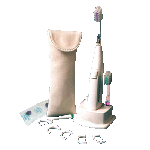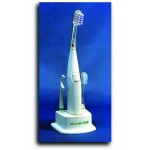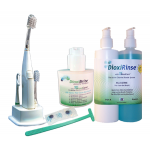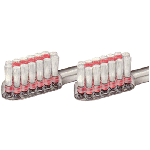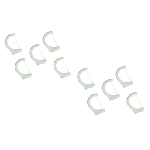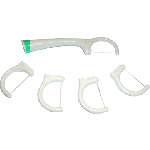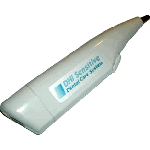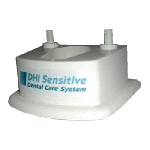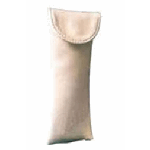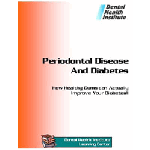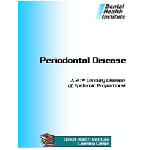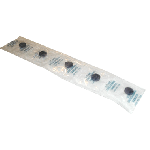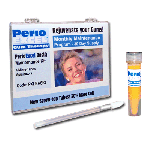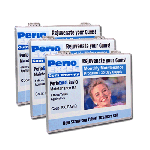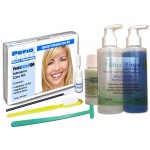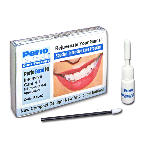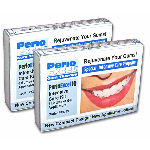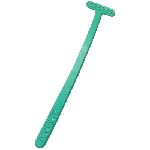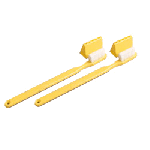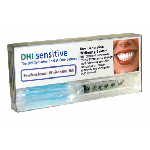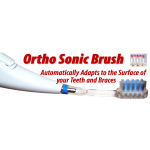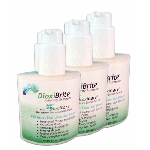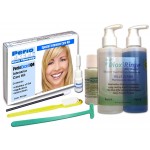You have no items to compare.
Brushing Your Teeth
As an adult, you probably realize how important it is to keep your teeth impeccably clean after each meal. You are also concerned about your smile and how fresh your breath smells. And you probably recognize by now that the first aspect of your facial expression that other people notice is your smile and that the most important element of your smile is your teeth. It is not a coincidence that the fastest growing dental profession is that of the cosmetic dentist, whose primary concern is the quality of your smile.
Taking good care of your teeth is one of the most important oral hygiene goals, and it is never too late to start putting in place good practices for brushing your teeth.
Tooth Decay Explained
Why do you brush? Well, your oral cavity is a hotspot of activity, and a lot of things are going on in the mouth that can have a negative impact on your teeth.
After food intake, your own digestive enzymes and bacteria break down the food particles in the oral cavity. This creates a sticky substance called dental plaque that cover all surfaces in the mouth. The bacteria lodged in this dental plaque continue to metabolize food rests and may create acids as a by-product. When these acids touch your teeth, they may damage the enamel, or the outermost part of the teeth. When the enamel is damaged, bacteria can penetrate inside the tooth and continue to destroy the softer and inner part of the teeth called dentin. This invariably leads to cavities, which are literally holes in the teeth that need to be patched up to avoid further damage or loss of teeth. This is where proper brushing is needed.
How to Brush Teeth: Do’s and Don’ts
Keep these tips in mind every time you brush your teeth:
- Dental professionals recommend brushing your teeth after every meal, but at least twice a day.
- The ideal time for brushing is three minutes. If you do not have a timer at hand, try singing one of the “brushing songs”. They work! http://doh.sd.gov/oralHealth/PDF/ToothbrushingSongs.pdf
- Adapt the right motion: move from one tooth to another in circular or up/down left/right motions, then repeat on the back side of teeth and the surface of molars.
- Using floss or an interdental brush (best option!) clean the areas between your teeth. This is the place where tooth decay and gum disease can start.
- If necessary, you can use plaque-disclosing tablets to reveal areas that needed improved brushing.
- Get a new toothbrush every 3-4 months or as soon as the current one wears out.
- Do not share your toothbrush with someone else.
- Have your teeth cleaned at least twice a year to remove plaques built at the base of the teeth.
The Best Toothbrush
Well, there is no “best” toothbrush, any good soft or Ultrasoft toothbrush will do the job. You may try out a few different options to see which one works best for your specific situation, the form and position of your teeth, and the sensitivity of your gums. You should use the brush to gently massage your gums while you brush your teeth, but don’t overdo it to avoid gum abrasion and bleeding.
Proper brushing is not rocket science, and consistently following a daily regimen is more important than getting the latest automated gizmo that will somehow magically do it all for you. Persistently cleaning your teeth on a regular basis is the key to preserving your teeth for the rest of your life.


